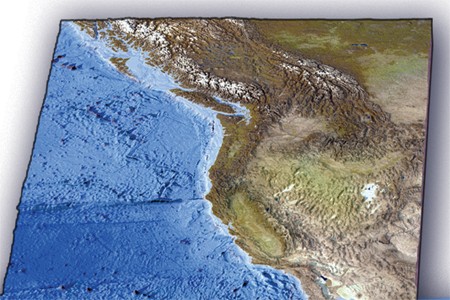Describe what a drought is. What was the "Dust Bowl" of the United States and how was it created?
When a region's average precipitation drops dramatically for an extended period of time, drought may result. The word drought refers to a period of abnormally dry weather that produces a number of negative consequences, such as crop damage or an adverse impact on a community's water supply. Drought is more than just a "dry spell". Drought is not uncommon to North America. Possibly the worst weather-related disaster to hit the United States during the twentieth century was the Great Drought of the 1930s. That drought lasted a long time (late 1920s to the late 1930s) and extended over a large area. The drought, along with poor farming practices, left the topsoil of the Great Plains prone to wind erosion. As a result, wind storms lifted millions of tons of soil into the air, creating vast dust storms. Because of these infamous dust storms, the 1930s are often referred to as the "Dust Bowl" years.
You might also like to view...
Where does the north or south celestial pole appear in the sky of New York?
A. The north celestial pole appears in the sky of New York at an altitude of 74 ? at south. B. The north celestial pole appears in the sky of New York at an altitude of 74 ? at north. C. The north celestial pole appears in the sky of New York at an altitude of 40 ? at north. D. the south celestial pole appears in the sky of New York at an altitude of 40 ? at south.
About 99% of all liquid freshwater on Earth is found in
A) lakes, including the Great Lakes of North America. B) rivers such as the Amazon, Nile, and Mississippi watersheds. C) underground aquifers. D) the upper few meters of topsoil.
Which of the following features is present on the seafloor off the Pacific Northwest?
A. island arc within oceanic plates B. long, fairly straight fracture zone C. world's largest linear island chain D. world's largest oceanic plateau
Which of our senses can we use to detect nuclear radiation?
A) hearing B) site C) taste D) none